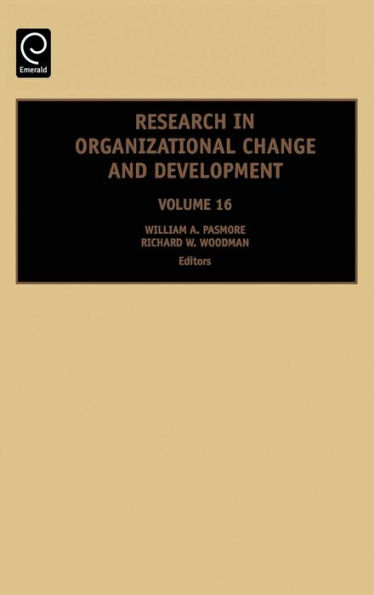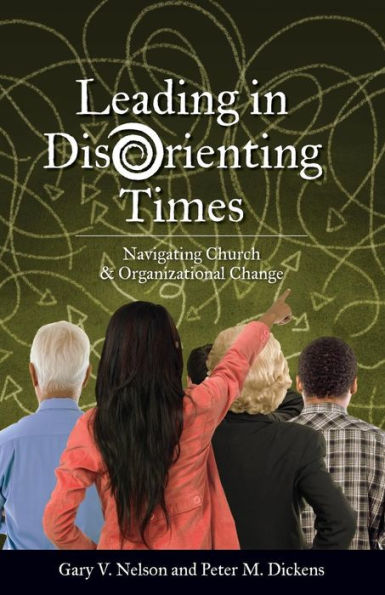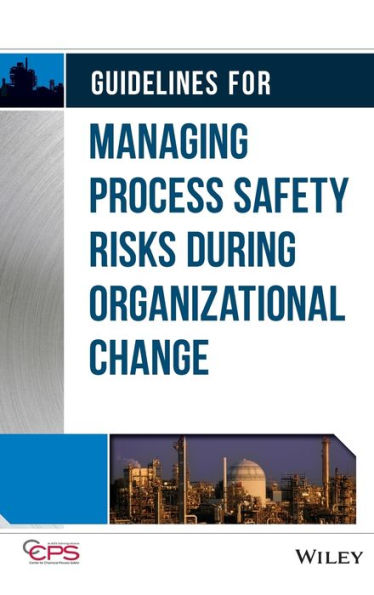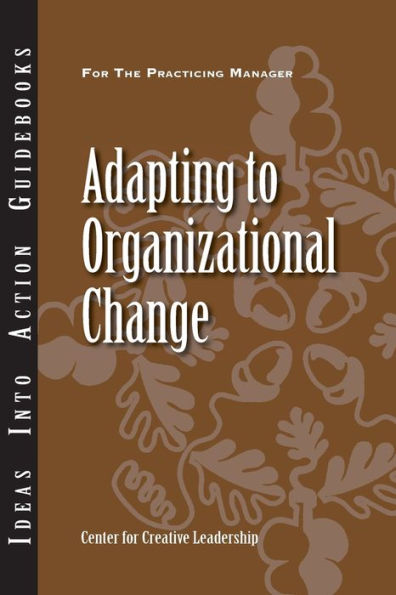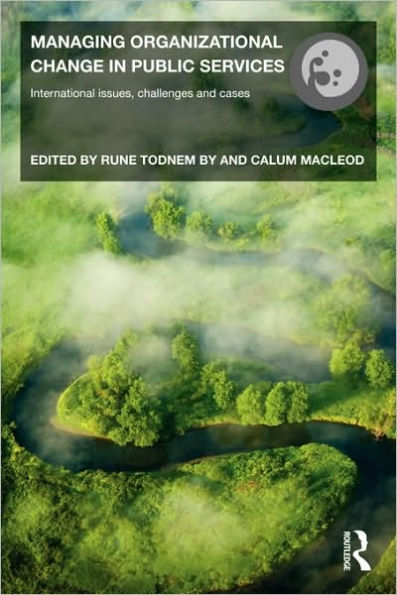Home
Organizational Change and Temporality: Bending the Arrow of Time / Edition 1
Barnes and Noble
Organizational Change and Temporality: Bending the Arrow of Time / Edition 1
Current price: $210.00
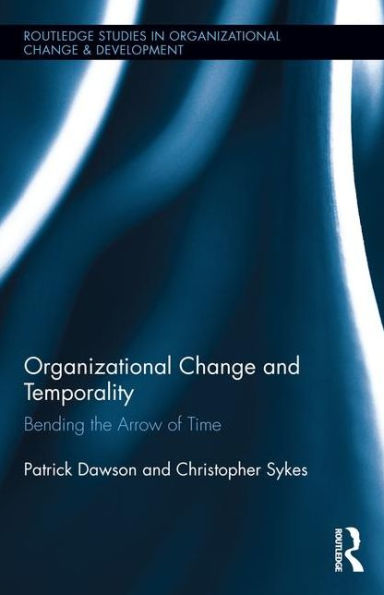

Barnes and Noble
Organizational Change and Temporality: Bending the Arrow of Time / Edition 1
Current price: $210.00
Size: OS
Loading Inventory...
*Product information may vary - to confirm product availability, pricing, shipping and return information please contact Barnes and Noble
Organizational Change and Temporality: Bending the Arrow of Time
looks to address the important area of time and temporality, especially as it relates to frameworks and studies for explaining change processes in organizations. It commences with a selective history on the science and philosophy of time before examining the place of time in work and employment, and the presence and absence of theorized time in explanations of organizational change. The intention is to bring to the fore concepts and debates that have largely remained hidden, furthering our knowledge and understanding of time and temporality in changing organizations.
The authors provide a more informed theoretical explanation of the temporal dimensions of organizational change. They examine the concepts and debates behind change theories, philosophical positions and scientific concerns on time and material existence, drawing connections that have previously remained unexplored. This book is key reading for researchers within the organizational change world and will further the academic debate of time and temporality in organizations studies.
looks to address the important area of time and temporality, especially as it relates to frameworks and studies for explaining change processes in organizations. It commences with a selective history on the science and philosophy of time before examining the place of time in work and employment, and the presence and absence of theorized time in explanations of organizational change. The intention is to bring to the fore concepts and debates that have largely remained hidden, furthering our knowledge and understanding of time and temporality in changing organizations.
The authors provide a more informed theoretical explanation of the temporal dimensions of organizational change. They examine the concepts and debates behind change theories, philosophical positions and scientific concerns on time and material existence, drawing connections that have previously remained unexplored. This book is key reading for researchers within the organizational change world and will further the academic debate of time and temporality in organizations studies.
